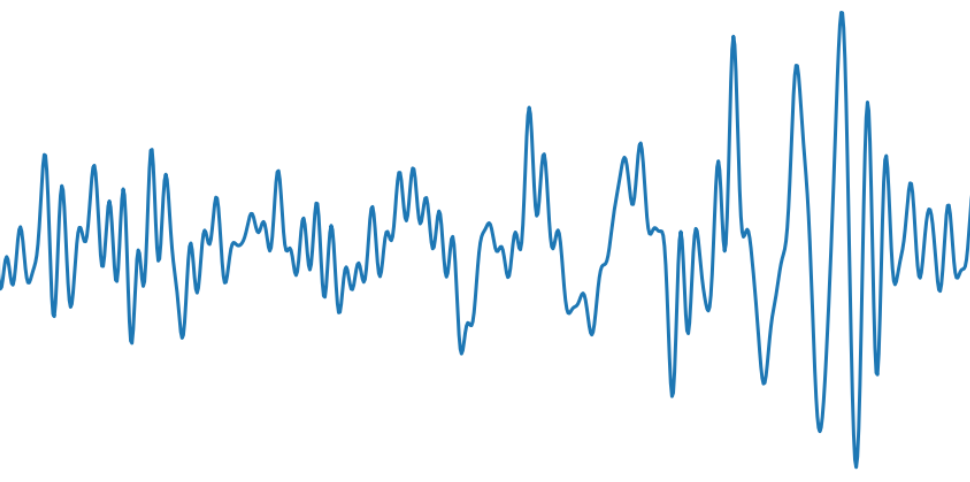
LIGO - Virgo Collaboration
Gravitational Wave
Open Data Workshop #4
May 10 - 14, 2021
Agenda of the workshop
In this page you will find the poster presented at the Poster Session of the 4th LIGO-Virgo Open Data Workshop.Black Hole Spectroscopy Horizons for current and future gravitational wave detectors
IARA OTA & CECILIA CHIRENTI (FEDERAL UNIVERSITY OF ABC)
Abstract
In the final stage of a binary black hole merger, gravitational waves are emitted in the form of damped sinusoids (quasinormal modes), whose spectrum is
characterized by the properties of the remnant black hole. Black hole spectroscopy is the proposal to use the detection of two or more quasinormal modes to test the no-hair theorem. For current and future
gravitational wave detectors, we obtain the black hole spectroscopy horizons: the maximum distance up to which two or more modes can be detected in the ringdown of a binary black hole merger.
Removal of Power Line Noise in LIGO Data
Sumer Moudgill (Horace Greeley High School, Chappaqua NY)
Abstract
The LIGO detectors have accuracy requirements on the order of 10^-24 to 10^-21 which makes them extremely sensitive to noise. A major source of noise is the 60Hz power line and its harmonics. The default gwpy notch filter removes both line noise and transient energy. My goal was to develop an algorithm that removes line noise but not transients. My method takes advantage of the short-term stability of power line noise by estimating its frequency, amplitude and phase using a FFT-based method and generating a cancellation wave. After cancellation, 60Hz noise is reduced by more than 95% without affecting transient signals or phase. My algorithm can potentially be used to increase the chances of detecting events and improving the data that can be obtained from events that have a signal around the frequencies of power lines. In the future, I hope to get access to O3 raw data, especially for GW190521, in order to test my method, and compare it with LIGO's O3 line noise removal algorithm.
SpecGrav - Detection of Gravitational Waves using Deep Learning
Hrithika Dodia (Dwarkadas J. Sanghvi College of Engineering), Himanshu Tandel - Dwarkadas J. Sanghvi College of Engineering, Prof. Lynette D'Mello(Mentor) - Dwarkadas J. Sanghvi College of Engineering
Abstract
Gravitational waves are ripples in the fabric of space-time that travel at the speed of light. The detection of gravitational waves by LIGO is a major breakthrough in the field of astronomy. It is a Nobel Prize winning discovery that substantiates Einstein’s general theory of relativity. When gravitational waves reach us their amplitude is smaller than the diameter of a proton. Therefore, highly sensitive instruments are required to detect them. To find these waves in detector noise is a meticulous task. In case of binary neutron star merger, gravitational waves are accompanied by their electromagnetic counterparts. Therefore, rapid detection of gravitational waves in such events is very crucial. We present the solution for swift detection of gravitational waves from binary black hole (BBH) merger and binary neutron star (BNS) merger from spectrograms of signals using 2D Convolutional Neural Network.
The Rotating Universe
Luis Cardenas (IPN)
Abstract
All in the luminic baryonic universe rotate, planets, stars, galaxies, blackholes, neutronic stars but the same universe does not.But what about the universe with dark matter. A universe maked with baryonic matter and CDM, the real universe. Making and analogy with the event GW150914, bbh first confident GW detection, the principal mass M1 could be the collision concentration of boson galaxies (CCBG), M2 the secondary mass, our luminic universe. one rotating on the other, with aligned spins until the final merge.
The Rotating Universe
alexandr Volvach (Radio Astronomy Laboratory of Crimean Astrophysical Observatory), L.N. Volvach (Radio Astronomy Laboratory of Crimean Astrophysical Observatory), M. G. Larionov (Astro Space Center, Lebedev Physical Institute)
Abstract
The possibility of detecting the gravitational waves (GW) from close binary massive star systems (CMSS) was considered. Galactic CMSSs can compete with the most powerful supermassive black holes (SMBH) in terms of registration of GWs on the Earth’s surface. Under certain conditions, they can significantly exceed those of SMBHs.
Using the example ofW49N, we have shown that such a system can emit GWs, the flux density of which on Earth is comparable to the flux density from the promising extragalactic source OJ 287.
In order to obtain identical GW flux densities on the Earth’s surface from OJ287 and W49N, it is enough to have massive stars in W49N.
Thus, galactic CMSSs can be of great interest in terms of registering GWs. The registration of GWs from sources for long periods of time ranging below nanohertz to a few tens of microhertz is more preferable for International Pulsar Timing Array detectors.